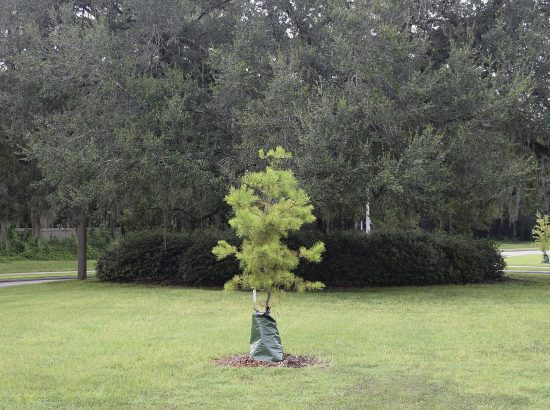
Lone Tree, Thomas Pereira 2020
Do those of us who have rejected traditional lawn-focused front gardens in favor of edible or perennial alternatives need to check our privilege? It’s not entirely that crazy a question.
While I understand and sympathize with Susan’s consternation over an academic assignment that seemed to turn all the good we’re trying to do with gardening upside down, what I am less comfortable with is the kneejerk trashing of diversity, equity and inclusion policies that it provoked among some of her commenters.
For many people, DEI comprises the three most hated letters in the alphabet. It’s like “politically correct” was in the 1990s. But just as I didn’t go along then, I am not going along with the demonization of social justice now. DEI policies are needed.
First, we have the reality of 1776-1865. Then there are successive waves of discriminatory practice that not only continue, but have left behind them damage that will take generations to fully heal. If ever.
I live in a poor city where these aftereffects could not be more obvious. The segregation that resulted on Buffalo’s East Side from redlining and covenants made it possible for a racist maniac to pinpoint where he could massacre the most Black people in one spot on May 14, 2022.
In the neighborhoods that surround where that tragedy took place, there are no emerald lawns. And there are very very few front gardens planted with edible or perennials (native or otherwise).
Rather, front yards are weedy patches of turfgrass, almost always kept reasonably mowed. When as much as 50% of your income goes on rent, there is not much left for gardening of any kind – emerald green, edible or perennial.
Also, many blocks are almost entirely treeless. Researchers have found that historic real estate redlining – which ranked neighborhoods from “A” to “D” – and racist covenants that helped create segregation have a direct correlation to lack of tree cover. That inequity goes back – just as trees do – for decades.
The bright spots are community gardens on city-owned vacant lots and – more recently – commercial greenhouse projects dedicated to growing , processing and distributing locally grown food where it is needed.
But these are very recent projects. And community garden projects are often either blocked from taking ownership of vacant lots or run the risk of losing them to developers.
Somewhat to the point of the academic writers that Susan references, there is a project led by a University at Buffalo professor and urban planner, Henry Taylor, that does propose acquiring ownership and control over a neighborhood by obtaining residential, commercial, vacant, and abandoned properties for the community’s benefit. As he proposes, this would break away from a model of neighborhood building based in racist practices.
A big part of the project is building a green infrastructure. As Taylor says, “The intent is to transform the East Side into a healthy, walkable community filled with trees, shrubbery, flowers, and natural amenities that enhance its health, safety, and beauty.”
A pilot project will consist of one census tract where “residents will collectively create their neighborhood vision.” Communal ownership would be part of it.
There is privilege in gardening, just as there is in almost any field. I feel grateful that I am able to shape the garden I want under the conditions I have. I don’t think I should feel any shame about that, but it doesn’t hurt to be aware of it.
This post is published in a group blog with eight members, all white. I feel lucky to be a part of this group. I wish we were more diverse and I don’t think that’s either tokenist or racist. Diversity has to be cultivated. It takes work to undo the damage of centuries and the discrimination that continues to make its presence all too importunately known.
Someone always has to plant the first tree or simply notice that the trees aren’t there. That’s all DEI means for me.

